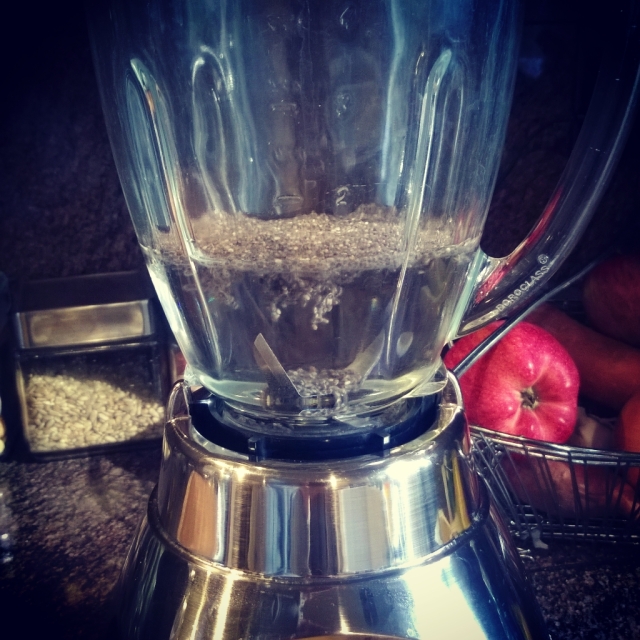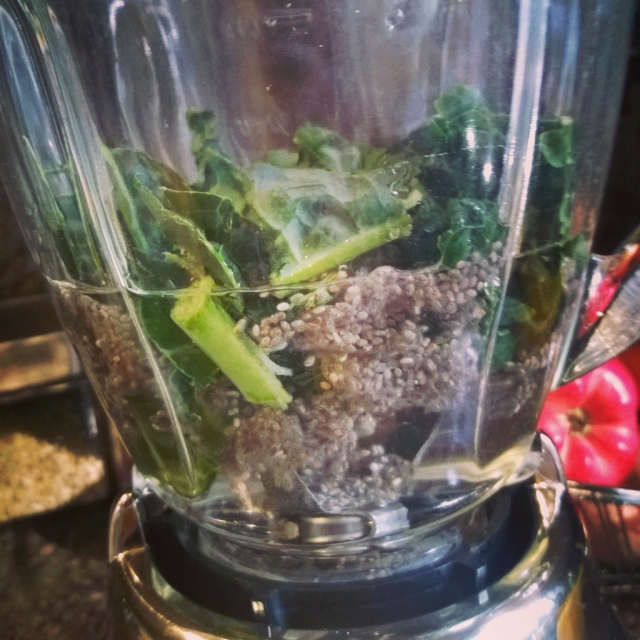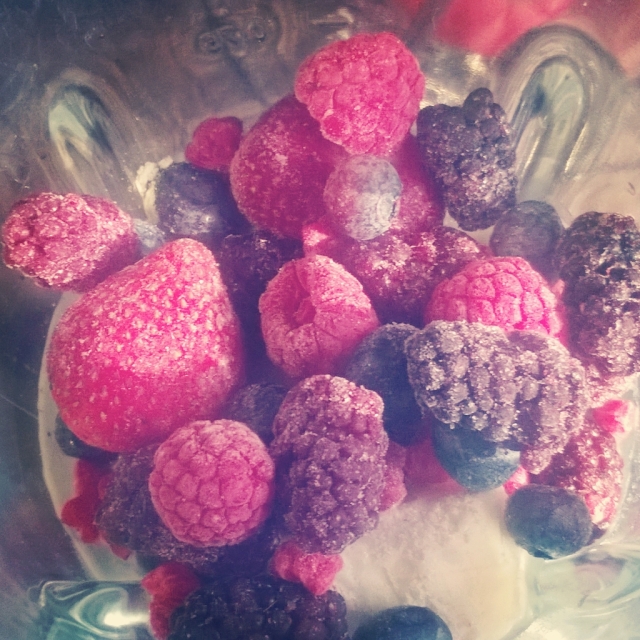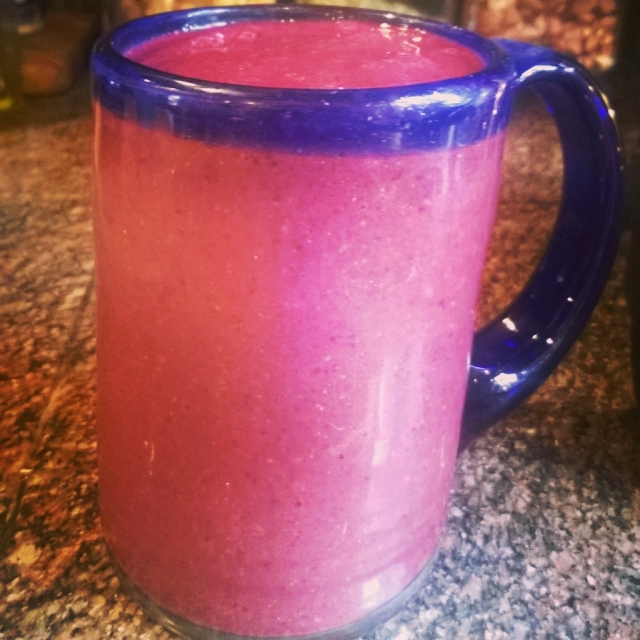Making your own body oils is a great way to customize your base oil blend and your essential oil blend. Ayurvedic tradition advises massaging yourself with oil daily as a way to ground yourself and calm out-of-balance doshas. In Ayurveda, there are three doshas that govern all things~ the seasons, the time of individual lives (youth, adulthood, old age), and our own bodies, minds, and spirits. The three doshas are Vata, Pitta, and Kapha, and there are online quizzes to help you determine your dosha profile. I like this one because it gives you your results immediately but you can take several and compare them. They will probably all be slightly different but should give you an idea of your personal profile. When you think about your dosha makeup, it is best to think of what you were like as a kid, because imbalances build up and your current state might not match your fundamental dosha profile. It’s important to understand that we all have all three aspects in us, it’s just that one or two will generally be more predominant. Think of a number scale of 1-10. One person might be 3 parts Vata, 5 parts Pitta, and 2 parts Kapha. Another person will be 4 parts Vata, 2 parts Vata, and 4 parts Kapha. Why does it matter then? It matters because the aspects that are predominant are the ones most likely to get out of balance. Any dosha can be out of balance, but if you are predominantly Pitta for example, it is more likely that your Pitta dosha will be out of balance, meaning Pitta type problems (such as inflammation). When a dosha is out of balance, it means it needs to be calmed, and since each dosha responds differently to various foods, herbs, activities, etc, so it is important to know what your personal profile is and what might be acting out of balance.
If you want to customize your body oil to suit your dosha, I have pins on a board that can help you do exactly that: https://www.pinterest.com/herbbaker/ayurveda/
Beyond Ayurveda, body oils are also just a great way to indulge in aromatherapy for health, well-being, and the pure pleasure of the scent. You can base your essential oil blend on mental/emotional needs, chakras, moods, or simply for the perfumery. For a base oil, you can use sweet almond oil, grapeseed oil, castor oil, jojoba oil, apricot kernel oil, or sesame seed oil either singly or blending them. Personally, I like to blend 2 or 3 oils together and often use an herbal oil as one of the oils in the blend, such as rose oil. I usually reuse a 3.4 oz dark glass bottle but you can use any size glass bottle that you have. The size I use lasts about a month with morning and night use. Dark glass is best but as long as you keep it out of light and heat it should be fine.
![F8F80BD2-C5DE-4ED5-9AA9-B901B2DDFC5B[1]](https://i0.wp.com/botanicalalchemyandapothecary.com/wp-content/uploads/2018/11/F8F80BD2-C5DE-4ED5-9AA9-B901B2DDFC5B1.jpg?resize=828.75%2C828&ssl=1)
![6A0F62A7-0DF4-4480-A34A-36C47974495D[1]](https://i0.wp.com/botanicalalchemyandapothecary.com/wp-content/uploads/2018/11/6A0F62A7-0DF4-4480-A34A-36C47974495D1.jpg?resize=300%2C300&ssl=1)
The best times for body oil application are upon waking and before going to sleep, so I often make up a day blend and relaxing night blend. For the day time some good uplifting scents are: bergamot, clary sage, and frankincense, which is actually a great anti-depressant blend. Citrus essential oils such as orange, lemon, grapefruit, and lime, are good for joyful energy and are often part of weight loss blends because of that. Citrus essential oils can increase photo-sensitivity, though so do be careful if you are in a sunny part of the world and be sure to wear your sunscreen with citrus oils. Rosemary is stimulating for the mind and traditionally used to aide memory, and it blends well with orange for confident energy and clear thinking. Although lavender is a relaxing scent, it is also the most blend-able essential oil and can combine with just about any of the other essential oils, either for day or night. In a bedtime blend I always include lavender and a wood, such as sandalwood or cedar. The wood oils have a lovely grounding ability which can work for daytime too, especially if you tend to feel scattered. Just like the tea, chamomile essential oil is calming and relaxing and perfect for a night blend, and neroli is a traditional anti-anxiety scent. In fact, neroli blossoms used to be used in bridal bouquets for their anti-anxiety action so it’s a great choice for day or night. By the way, neroli and sandalwood can be bought premixed with jojoba oil for a more affordable purchasing option since those two are rather expensive.
![5044AE83-357E-43C1-9463-B9608E19479F[1]](https://i0.wp.com/botanicalalchemyandapothecary.com/wp-content/uploads/2018/11/5044AE83-357E-43C1-9463-B9608E19479F1-630965550-1541536182763.jpg?resize=124%2C300&ssl=1)
When in doubt, just follow your nose because whatever you like best is going to keep you motivated to use it, and feel free to contact me if you have any questions. Body oils are a great way to moisturize your skin with the purest, greenest, and healthiest ingredients possible, plus you get to customize the scent for your own personal needs and tastes. Have fun with it and keep in mind that you can pour some body oil into your bath, or use it as massage oil, or even give body oils as gifts. Please share with anyone who might be interested and if you haven’t already, subscribe for more wellness posts like this one.




![0D89230D-57FF-4214-8175-C6905F1ACCDE[1] 0D89230D-57FF-4214-8175-C6905F1ACCDE[1]](https://i0.wp.com/botanicalalchemyandapothecary.com/wp-content/uploads/2018/10/0D89230D-57FF-4214-8175-C6905F1ACCDE1.jpg?w=410&h=410&crop=1&ssl=1)
![704D5D15-DFB4-4CDC-AF0F-997E771091B3[2] 704D5D15-DFB4-4CDC-AF0F-997E771091B3[2]](https://i0.wp.com/botanicalalchemyandapothecary.com/wp-content/uploads/2018/10/704D5D15-DFB4-4CDC-AF0F-997E771091B32.jpg?w=410&h=410&crop=1&ssl=1)



![WP_20181010_06_37_53_Pro[1]](https://i0.wp.com/botanicalalchemyandapothecary.com/wp-content/uploads/2018/10/WP_20181010_06_37_53_Pro1-1728416718-1539179666786.jpg?resize=828.75%2C765&ssl=1)






![A59AF0A5-9A2C-4D76-B61A-3D62814D9DC0[1] Diffusers](https://i0.wp.com/botanicalalchemyandapothecary.com/wp-content/uploads/2018/02/A59AF0A5-9A2C-4D76-B61A-3D62814D9DC01.jpg?w=175&h=175&crop=1&ssl=1)





 Aloe is a great firming mask. Slice a fresh aloe leaf down the middle long ways, and rub the fresh juice on your skin. Leave on until the mask had dried, or until the firming and tightening feeling has subdued, then rinse off with warm water. Your skin will not only be firm, but moisturized as well.
Aloe is a great firming mask. Slice a fresh aloe leaf down the middle long ways, and rub the fresh juice on your skin. Leave on until the mask had dried, or until the firming and tightening feeling has subdued, then rinse off with warm water. Your skin will not only be firm, but moisturized as well.
![3BA59B87-0361-43B1-A6BC-2843136F1B3B[1]](https://i0.wp.com/botanicalalchemyandapothecary.com/wp-content/uploads/2018/09/3BA59B87-0361-43B1-A6BC-2843136F1B3B1.jpg?resize=240%2C300&ssl=1) Egg whites are firming and smoothing and are often found in retro face mask recipes. Add one to your face and let it dry before rinsing off with a warm, damp cloth for smoother, firmer skin.
Egg whites are firming and smoothing and are often found in retro face mask recipes. Add one to your face and let it dry before rinsing off with a warm, damp cloth for smoother, firmer skin. Just about any fruit can be mashed up and spread on the face for a quick mask, so if you have some fruit that is turning before you can eat it, just mash it up and use those nutrients for your skin. Fruit has natural enzymes (such as the papaya up at the top of the page) and also vitamins and minerals that the skin can soak up. Good options are avocados, bananas, mangos, and peaches.
Just about any fruit can be mashed up and spread on the face for a quick mask, so if you have some fruit that is turning before you can eat it, just mash it up and use those nutrients for your skin. Fruit has natural enzymes (such as the papaya up at the top of the page) and also vitamins and minerals that the skin can soak up. Good options are avocados, bananas, mangos, and peaches. If you are in the mood to mix a few ingredients together, any of the above can be combined for a more multi-dimensional mask, or you can add a clay like
If you are in the mood to mix a few ingredients together, any of the above can be combined for a more multi-dimensional mask, or you can add a clay like 
![8B32A476-62F4-4A08-B8FC-F48A5AB21B73[1]](https://i0.wp.com/botanicalalchemyandapothecary.com/wp-content/uploads/2018/09/8B32A476-62F4-4A08-B8FC-F48A5AB21B731.jpg?resize=828.75%2C829&ssl=1)
![E58E45BB-D605-4F22-B2AC-921C1AC52D43[1] E58E45BB-D605-4F22-B2AC-921C1AC52D43[1]](https://i0.wp.com/botanicalalchemyandapothecary.com/wp-content/uploads/2018/09/E58E45BB-D605-4F22-B2AC-921C1AC52D431.jpg?w=548&h=549&ssl=1)
![9CE89920-6E4A-4BF5-ACB0-3EB50D594E87[1] 9CE89920-6E4A-4BF5-ACB0-3EB50D594E87[1]](https://i0.wp.com/botanicalalchemyandapothecary.com/wp-content/uploads/2018/09/9CE89920-6E4A-4BF5-ACB0-3EB50D594E871.jpg?w=272&h=273&ssl=1)
![2034A3D0-06C1-4165-99B0-495BAEB93670[1] 2034A3D0-06C1-4165-99B0-495BAEB93670[1]](https://i0.wp.com/botanicalalchemyandapothecary.com/wp-content/uploads/2018/09/2034A3D0-06C1-4165-99B0-495BAEB936701.jpg?w=272&h=272&crop=1&ssl=1)


![4A9268A5-2AD3-45A1-BBFA-9EB83E804547[1]](https://i0.wp.com/botanicalalchemyandapothecary.com/wp-content/uploads/2018/09/4A9268A5-2AD3-45A1-BBFA-9EB83E8045471.jpg?resize=828.75%2C828&ssl=1)

 Since the color is only going on my roots, one package of hair dye lasts several applications and the packages are not expensive at all, so this is one case where the natural way of doing things really is money saving. I really don’t mean to make this sound like an ‘everyone should henna their hair’ post though because it really does depend on some serious factors of time, choice in colors, and ability to change your hair color on a whim which is a valid concern. For me with naturally wavy/curly hair (which is dry), that’s been greying for a long time (grey hair is dry), and had chemical dyes for years (also drying), it really wasn’t a hard choice for me to decide herbs were the way to go if I wanted healthy hair for the long-term. I’d heard so many bad things about henna though, that it took me a good year of researching different companies and formulas to find one I trust. I’m not affiliated in any way with
Since the color is only going on my roots, one package of hair dye lasts several applications and the packages are not expensive at all, so this is one case where the natural way of doing things really is money saving. I really don’t mean to make this sound like an ‘everyone should henna their hair’ post though because it really does depend on some serious factors of time, choice in colors, and ability to change your hair color on a whim which is a valid concern. For me with naturally wavy/curly hair (which is dry), that’s been greying for a long time (grey hair is dry), and had chemical dyes for years (also drying), it really wasn’t a hard choice for me to decide herbs were the way to go if I wanted healthy hair for the long-term. I’d heard so many bad things about henna though, that it took me a good year of researching different companies and formulas to find one I trust. I’m not affiliated in any way with ![EF0F37A1-1A70-4221-B92E-B3516A49A49E[1]](https://i0.wp.com/botanicalalchemyandapothecary.com/wp-content/uploads/2018/09/EF0F37A1-1A70-4221-B92E-B3516A49A49E1.jpg?resize=828.75%2C642&ssl=1)






